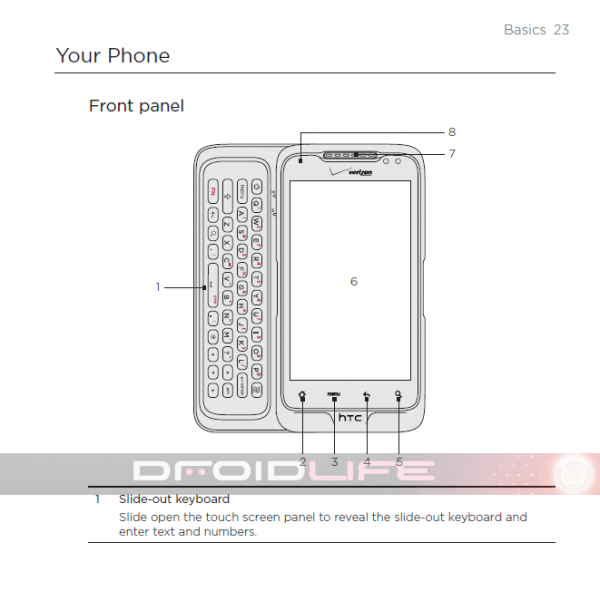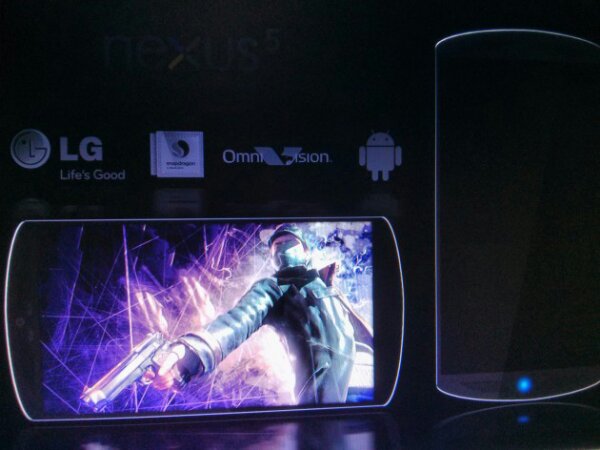
NOTE: This post is mostly an opinion piece. It is based on my observations.
Carriers have long insisted that manufacturers comply with their demands regarding phones, and that hasn’t changed with the influx of Android-powered smartphones. We have all experienced the disappointment of seeing the bloatware preinstalled on our shiny new Androids and the pungent stench of our carrier’s greed emanating from the nagging prompts which originate from the bloatware. Most of the time, the carriers demand that their apps are placed in the /system/app directory, thereby making them impossible to remove. Luckily for the owners there’s a way to remove them in the form of “rooting,†or gaining superuser access to their device. Not so fortunate for them is the way the devices are locked down so as to prevent the owners from doing so.
This is the story of the war between the carriers and customers. A story of greed, corruption, and the bastardization of Android’s open nature.
Encrypted bootloaders, or, “why Motorola is no longer regarded as hacker-friendlyâ€
Among the worst offenders in this war is Motorola. The original Droid was not locked down, but in their later devices they reversed this decision, leaving customers burned on devices they could never truly own. Since the Droid X, Motorola’s been using encrypted bootloaders on all their devices. And to add insult to injury, they’ve brought their MotoBlur Android skin back. Sure, you could use a custom launcher and ignore the MotoBlur launcher but it doesn’t fix the stock apps’ customizations or the bloat.
To make matters worse, Motorola is often the first to implement new technologies on their devices. They’ve paired the Tegra 2 dual-core processor with a qHD display and, just because they can, they threw in a fingerprint scanner to top it all off on their latest Atrix 4G handset. Unfortunately they’ve crippled it with their MotoBlur skin which, incidentally, is the most likely cause of the Gingerbread update’s delay. Oh yeah, it doesn’t come with the latest version of Android. In 2011.
If they’d left the bootloader alone and not added their encryption to it, the third-party devs could have fixed their mistakes. We’re now stuck with a buggy, sub-par, and outdated ROM running atop one of the most capable pieces of mobile hardware out there. We could have had CyanogenMod 7 running on the Atrix 4G. Granted, the presence of the WebTop environment does complicate things, but is it really necessary to lock the device down so thoroughly? The only reasoning I can find behind all this is simple greed.
Rooting and flashing a custom ROM can extend the life of an Android well beyond what would be considered normal. People can keep Androids going on custom ROMs for as long as third-party developers support their phone. This means that customers are less likely to get an early upgrade which, for the carrier, means less money from new hardware and less incentive to renew a contract. For the manufacturer, it means less phones sold and less money earned. Encrypting the bootloader so users can’t flash anything but official Motorola ROMs means that users cannot update their devices until Motorola says. And if Motorola were to just “delay” that Gingerbread update indefinitely, there would be no way to simply flash an AOSP build of Android.
Imagine if a PC manufacturer made it impossible to install anything but their version of Windows. You couldn’t install a newer version of Windows or switch to Linux if you wanted. People would be absolutely livid and would avoid the manufacturer like the plague. And yet Motorola (and soon, I suspect, other manufacturers) gets away with doing exactly the same thing. Where is the outrage?
Lies, greed, and more lies
The carriers and manufacturers have long tried to convince us that the reason they’re waging war against people who want the devices they pay for to belong to them is because they’re “protecting the customers.†I have one question for them.
Protecting us from what, exactly?
The customers who need protection aren’t going to bother with flashing custom ROMs or even rooting their phones. The people who want to root, flash ROMs, and customize their phones are likely going to know what they’re doing when it comes to their phones. Inexperienced folks will avoid anything risky and are likely to stay on stock. This means that their argument that customers need protection is a blatant lie; a construct of poorly-conceived rhetoric designed to trick the average consumer into believing that their motives are pure.
The reason why they’re doing this is quite simple. It’s because people who do choose to root their phones are the same people who like to remove their useless bloatware and ignore their carriers altogether. No bloatware means no money from commissions and no relevance for the carrier.
Truth is, carriers are scared to death of becoming irrelevant.
Think of what Apple did with the iPhone. AT&T wasn’t allowed to install their bloatware on the iPhone and as a result people completely ignored AT&T. This turned them into a dumb pipe for data, voice, and texts.
“Open†and what it means
Android is open. This is a common marketing term. Unfortunately, it’s only true before the carriers and hardware manufacturers get their hands on Android.
Because Android is so open to customizations and modifications, carriers and manufacturers can shape it to fit their needs. This means bloatware, and lots of it. This is bad for the consumers but great for them. Again, it’s all about the money.
Android, by default, allows the user to customize and modify their device in any way they please, which includes removing any app they want—even if the app resides in the /system/app directory. The carriers can’t have that, so they lock it down and do everything they can to make sure that “open†means “open to us, but not to our paying customers.†This bastardization of the term has led to an immense amount of confusion. People pick up an Android expecting to be able to do whatever they want with it only to find that the carriers and manufacturers, who are usually bullied into bending to the carriers’ whims, have ruined Android’s open nature in the name of “protecting the customer.â€
Tethering
Tethering is one of the main reasons to root. Carriers do offer tethering options but they charge way more than they should. Why should customers have to pay for a connection they already have simply because they want to use that connection with a different device? Imagine if a home broadband provider decided to charge you extra because you wanted to connect more than one computer through your home connection. People would be up in arms about it, the FCC would be all over them, and they would be boycotted. Why, then, do wireless broadband providers get away with the same thing?
I know that laptops use more bandwidth than smartphones, but the fact of the matter is that paying extra for a connection you already have is absolutely asinine. And I highly doubt anyone wants to stream videos through a relatively slow 3G connection. Though people with LTE- or WIMAX-capable phones may beg to disagree. But this is not an argument for charging extra for 4G tethering; the point of having a 4G connection is so that you can push more data through your connection faster.
You can’t get mad at your customers for wanting to use the service that they pay for.
Do not believe the rhetoric
Your worst enemy in this war is rhetoric. Their PR departments are pushing their agendas with all the tenacity of a movie villain bent on world domination. If you want to send them a message don’t buy devices that they’ve ruined with their greediness. Tell everyone you know what their true motives are. Everyone is entitled to own the devices that they pay for and nobody should have to pay for a device they can never truly own.
Education is the key to winning this war.









